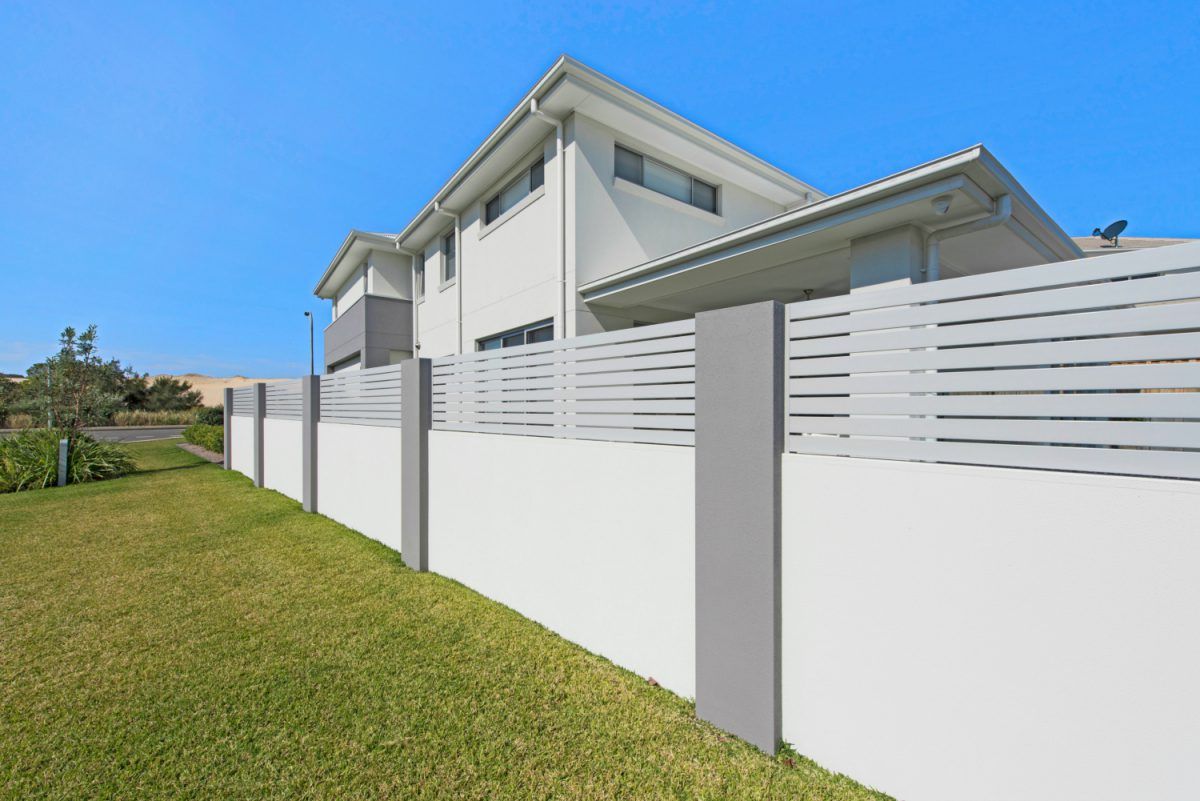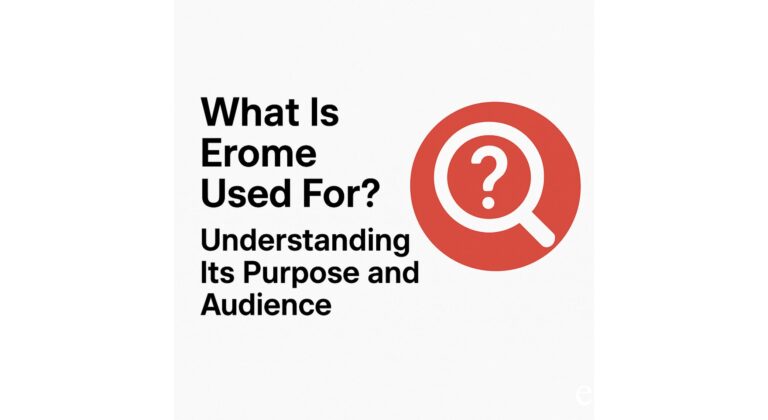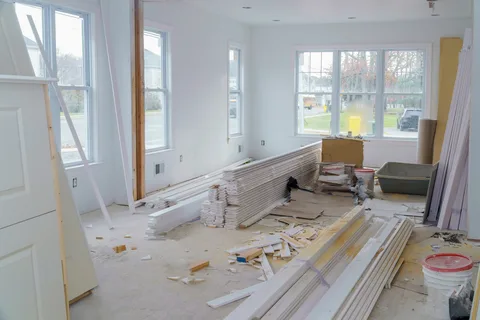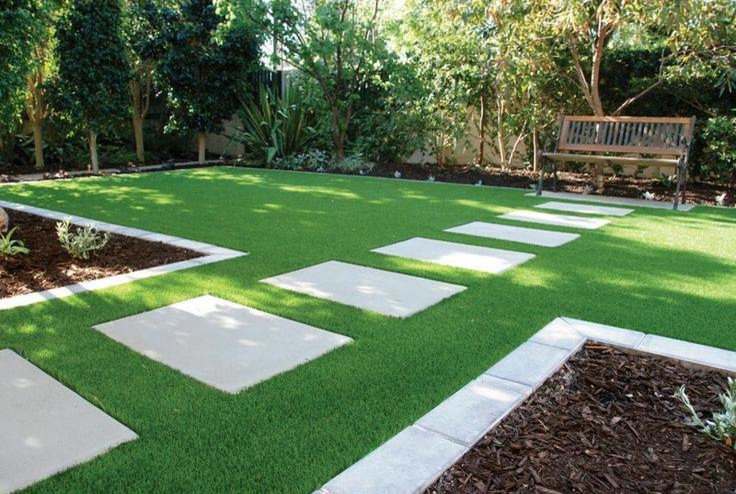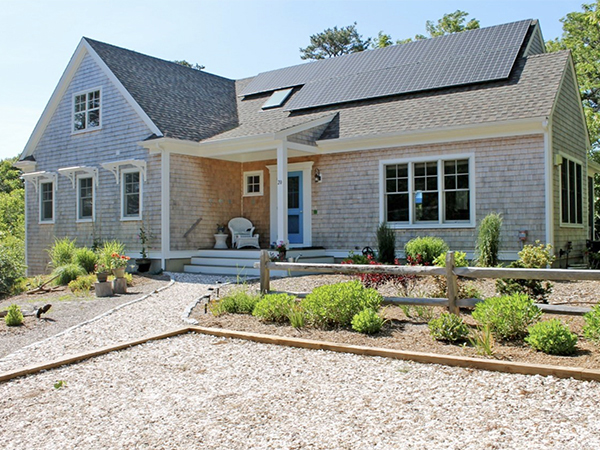Residential Fencing: Enhancing Security, Privacy, and Beauty for Modern Homes
Residential fencing has become an essential feature for homeowners seeking to combine functionality, privacy, and aesthetic appeal. A well-designed fence not only enhances security but also defines property boundaries and elevates the overall look of a home. From classic wooden fences to modern vinyl or metal options, residential fencing offers endless possibilities for homeowners who value both protection and style.
For homeowners seeking expert fencing solutions that combine durability, style, and precision craftsmanship, FenceCrafs is s a trusted choice. Their commitment to quality materials and professional installation makes them a leading name in residential fencing services.
The Importance of Residential Fencing:
A fence serves as more than just a boundary; it’s an integral part of home design and outdoor living. The primary purpose of residential fencing is to provide security and privacy, keeping families, pets, and personal belongings safe. A well-built fence acts as a deterrent against trespassers while creating a private, peaceful environment for relaxation.
Beyond protection, fencing plays a major role in improving the property’s visual appeal. The right design complements the home’s architecture and landscaping, making the exterior appear cohesive and well-maintained. For many homeowners, a fence also represents a sense of ownership—clearly defining the space that belongs to them.
Different Types of Residential Fencing Materials:
Homeowners today have access to a wide range of fencing materials, each offering unique advantages in terms of appearance, cost, and durability.
Wood Fencing remains one of the most popular choices due to its natural beauty and versatility. It can be customized through staining, painting, or carving, allowing homeowners to match their desired aesthetic. However, wood fences require regular maintenance, including sealing or painting, to protect them from weather damage and insects.
Vinyl Fencing has gained popularity for its durability and low maintenance. Unlike wood, it doesn’t rot, fade, or require repainting. Available in various colors and styles, vinyl fences are ideal for homeowners who want a clean, modern look without the upkeep.
Metal Fencing, such as aluminum, steel, or wrought iron, provides a strong and elegant option for homeowners prioritizing security. These fences are long-lasting and can be designed with decorative elements to enhance curb appeal. Aluminum is particularly favored because it resists rust and is lightweight yet durable.
Chain-Link Fencing offers a practical and affordable solution for homeowners focused on function over form. Though not the most decorative option, it’s extremely durable and effective for keeping pets or children within safe boundaries. Many homeowners enhance chain-link fences with privacy slats or vines to improve aesthetics.
Composite Fencing combines the look of natural wood with the strength and resilience of plastic. It’s eco-friendly, low-maintenance, and resistant to rot and pests, making it an increasingly popular option for modern homes.
Privacy and Security Considerations:
Privacy is one of the most significant reasons homeowners install residential fences. A well-designed fence creates a secluded atmosphere, allowing families to enjoy outdoor activities without feeling exposed to neighbors or passersby. Tall wooden or vinyl fences are excellent for privacy, while decorative lattice designs can provide a balance between openness and seclusion.
Security is another vital aspect. A sturdy fence serves as the first line of defense against intruders. For enhanced safety, metal or composite fences with lockable gates are ideal. Some homeowners even integrate smart security features such as motion sensors or automated gates for advanced protection.
Enhancing Curb Appeal with Fence Design:
A beautifully designed fence can dramatically boost a home’s curb appeal. The choice of color, material, and style should complement the architecture of the house and surrounding landscape. For instance, a white picket fence perfectly suits traditional or cottage-style homes, while sleek black aluminum fencing fits modern designs.
Decorative elements such as post caps, lattice tops, or integrated lighting can add elegance and character to the fence. Additionally, combining fencing with landscaping—like climbing plants, hedges, or flower beds—creates a harmonious and inviting exterior.
The Process of Fence Installation:
Professional fence installation begins with careful planning and assessment. Experts evaluate property lines, terrain, and local zoning regulations to ensure compliance. Once the homeowner selects a design and material, installation involves marking boundaries, setting posts securely, and aligning panels for a clean, stable structure.
Proper installation is crucial for the fence’s longevity and performance. Incorrectly set posts can cause leaning or warping over time. Therefore, hiring an experienced fencing contractor ensures precision, durability, and a polished final appearance.
Maintenance for Longevity:
Regular maintenance extends the life of any residential fence. Wood fences may require repainting, sealing, or replacement of damaged boards to prevent rot. Vinyl and metal fences generally need less upkeep—simple cleaning with water and mild detergent keeps them looking new. For metal fences, occasional inspection for rust or loose bolts helps maintain strength and stability.
Seasonal checks are also recommended, especially after storms or strong winds, to identify and repair potential issues early. A well-maintained fence not only lasts longer but also preserves the overall beauty and value of the property.
Eco-Friendly and Sustainable Fencing Options:
With environmental awareness on the rise, many homeowners are turning to eco-friendly fencing solutions. Sustainable wood options, such as bamboo or reclaimed timber, are renewable and biodegradable. Composite fences made from recycled materials also reduce environmental impact while providing long-lasting durability.
Additionally, some homeowners choose living fences, such as hedges or shrubs, as natural boundaries. These green fences improve air quality, reduce noise, and create habitats for local wildlife while maintaining privacy and charm.
The Financial and Functional Benefits of Fencing:
Installing a quality residential fence is an investment that offers long-term returns. Functionally, it increases safety, defines outdoor spaces, and provides privacy. Financially, it boosts property value and appeal to potential buyers.
A fenced yard also enhances lifestyle comfort by allowing families to enjoy outdoor spaces safely. Whether used for gardening, entertainment, or play, a fenced yard extends the home’s usable area and provides peace of mind.
Choosing the Right Fencing Contractor:
Selecting a reliable fencing contractor is crucial for achieving professional results. Homeowners should look for companies with experience, proper licensing, and positive customer reviews. Transparency in pricing, use of quality materials, and clear communication throughout the process are also key indicators of a trustworthy contractor.
Requesting a consultation allows homeowners to discuss design preferences, receive accurate estimates, and ensure that the contractor understands their vision. A reputable company provides detailed timelines, warranties, and maintenance advice to guarantee satisfaction and long-term performance.
Conclusion:
Residential fencing is a perfect blend of practicality, security, and design. It transforms outdoor areas into private, safe, and visually appealing spaces while adding lasting value to the property. From traditional wood to modern composite and metal options, there’s a fencing style to suit every home and lifestyle.
By investing in high-quality materials, professional installation, and regular maintenance, homeowners can enjoy the beauty and benefits of their fence for years to come. A thoughtfully designed and well-crafted residential fence is not just a boundary—it’s a reflection of comfort, protection, and pride in one’s home.
